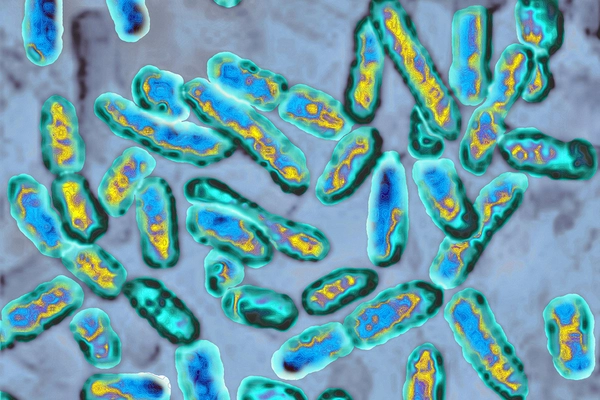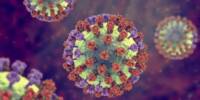The flu virus, also known as the influenza virus, does not technically “hack” our cells in the same way that computer viruses do. It does, however, have a sophisticated mechanism for entering and hijacking our cells for replication.
Acute respiratory infection occurs during influenza epidemics caused by influenza A or B viruses. Every year, they kill half a million people worldwide. These viruses can also cause havoc in animals, as seen with avian flu. A team from the University of Geneva (UNIGE) has discovered how the influenza A virus enters cells and infects them. It begins its infection cycle by attaching itself to a receptor on the cell surface and hijacking the iron transport mechanism. The researchers were also able to significantly reduce its ability to invade cells by blocking the receptor involved. These findings, which were published in the journal PNAS, highlight a vulnerability that could be used to combat the virus.
Influenza viruses pose a significant threat to human and animal health. Their ability to mutate makes them particularly elusive. ”We were already aware that the influenza A virus binds to sugar structures on the cell surface before rolling along the surface until it finds an appropriate entry point into the host cell. We didn’t know which proteins on the host cell surface marked this entry point or how they aided virus entry,” says Mirco Schmolke, Associate Professor in the Department of Microbiology and Molecular Medicine and the Geneva Centre for Inflammation Research (GCIR) at the UNIGE Faculty of Medicine, who led this research.
‘Our discovery was made possible by excellent collaboration within the Faculty of Medicine, as well as with the University Hospitals of Geneva (HUG) and the Swiss Institute of Bioinformatics (SIB). We are still a long way from clinical trials, blocking transferrin receptor 1 could be a promising strategy for treating influenza virus infections in humans and potentially in animals.
Mirco Schmolke
A receptor as a key to infection
The researchers began by identifying cell surface proteins near the viral haemagglutinin, the protein used by the influenza A virus to enter the cell. Transferrin receptor 1 was one of these proteins that stood out. This serves as a revolving door, allowing iron molecules into the cell, which are required for many physiological functions.
”The influenza virus enters the cell and infects it by taking advantage of the continuous recycling of the transferrin receptor 1,” explains Béryl Mazel-Sanchez, a former postdoctoral researcher in Mirco Schmolke’s laboratory and the study’s first author.
”To confirm our discovery, we genetically engineered human lung cells to remove the transferrin receptor 1, or on the contrary to overexpress it. By deleting it in cells normally susceptible to infection, we prevented influenza A from entering. Conversely, by overexpressing it in cells normally resistant to infection, we made them easier to infect”.

Inhibiting this mechanism
The researchers were then able to replicate this mechanism by inhibiting the transferrin receptor 1 with a chemical molecule. ”We successfully tested it on human lung cells, human lung tissue samples, and mice with various viral strains,” says Béryl Mazel-Sanchez. The virus replicated much less in the presence of this inhibitor. This product, however, cannot be used to treat humans due to its potentially oncogenic properties.” On the other hand, anti-cancer therapies based on transferrin receptor inhibition are being developed and may be of interest in this context.
”Our discovery was made possible by excellent collaboration within the Faculty of Medicine, as well as with the University Hospitals of Geneva (HUG) and the Swiss Institute of Bioinformatics (SIB),” the authors write.
In addition to the transferrin receptor 1, scientists have discovered 30 other proteins that play a role in influenza. The entry procedure is still unknown. It is very likely that the virus employs a combination of other receptors. ”Although we are still a long way from clinical trials, blocking transferrin receptor 1 could be a promising strategy for treating influenza virus infections in humans and potentially in animals.”
















